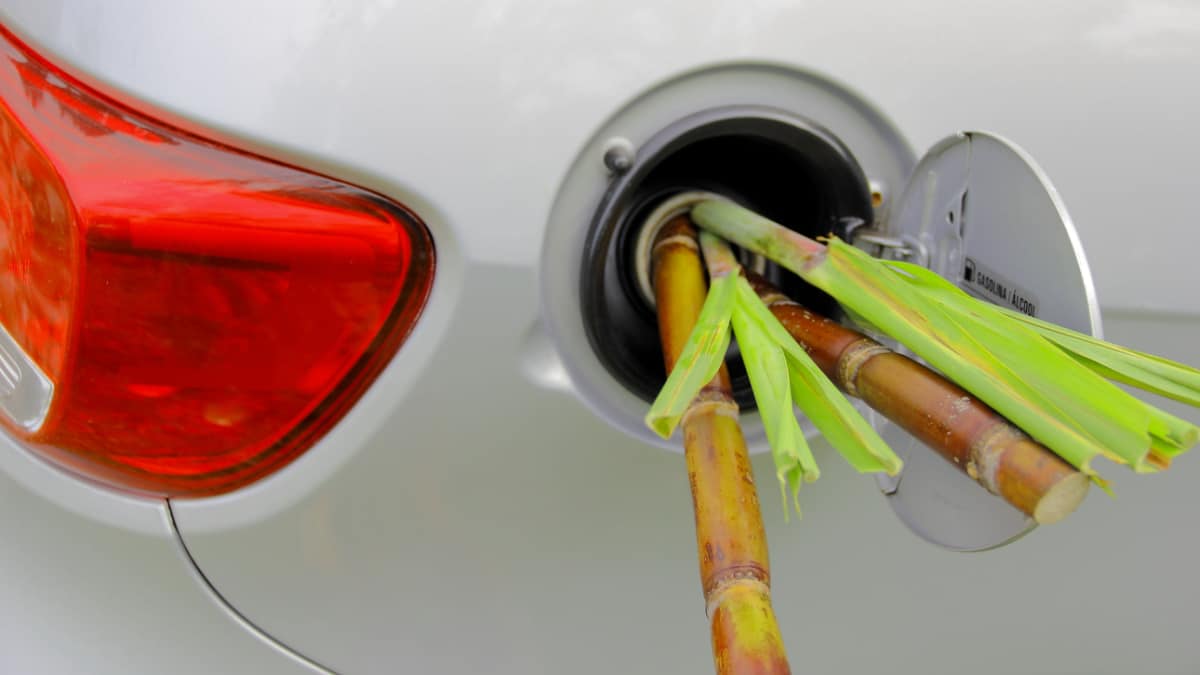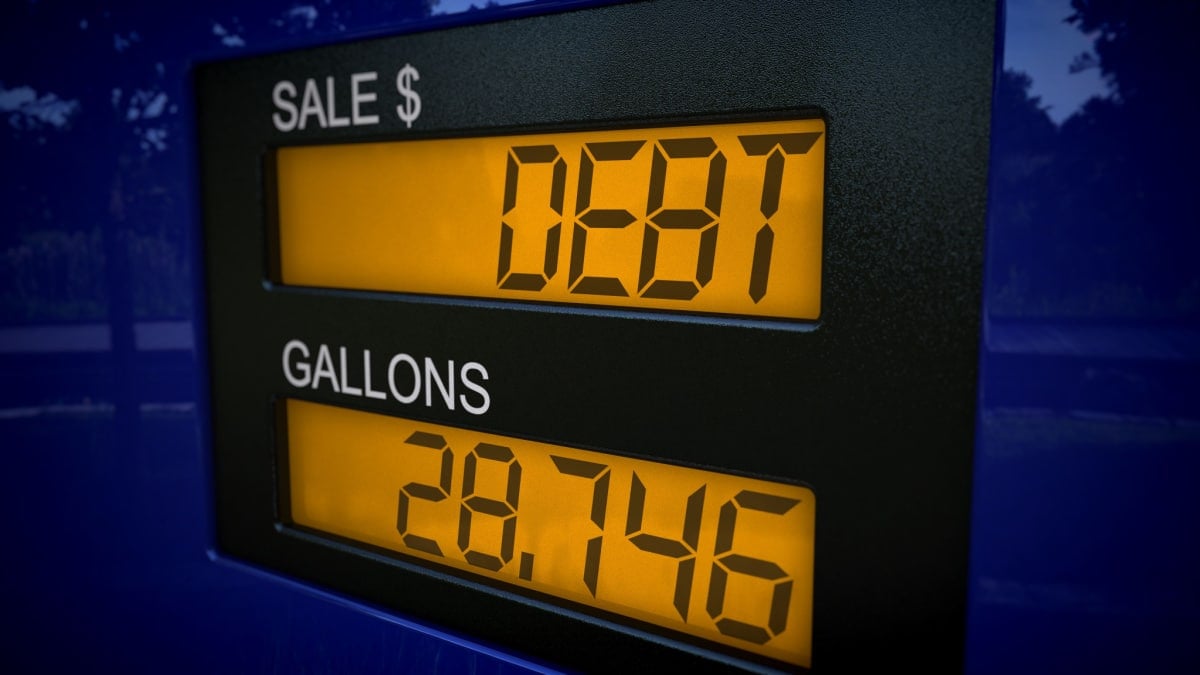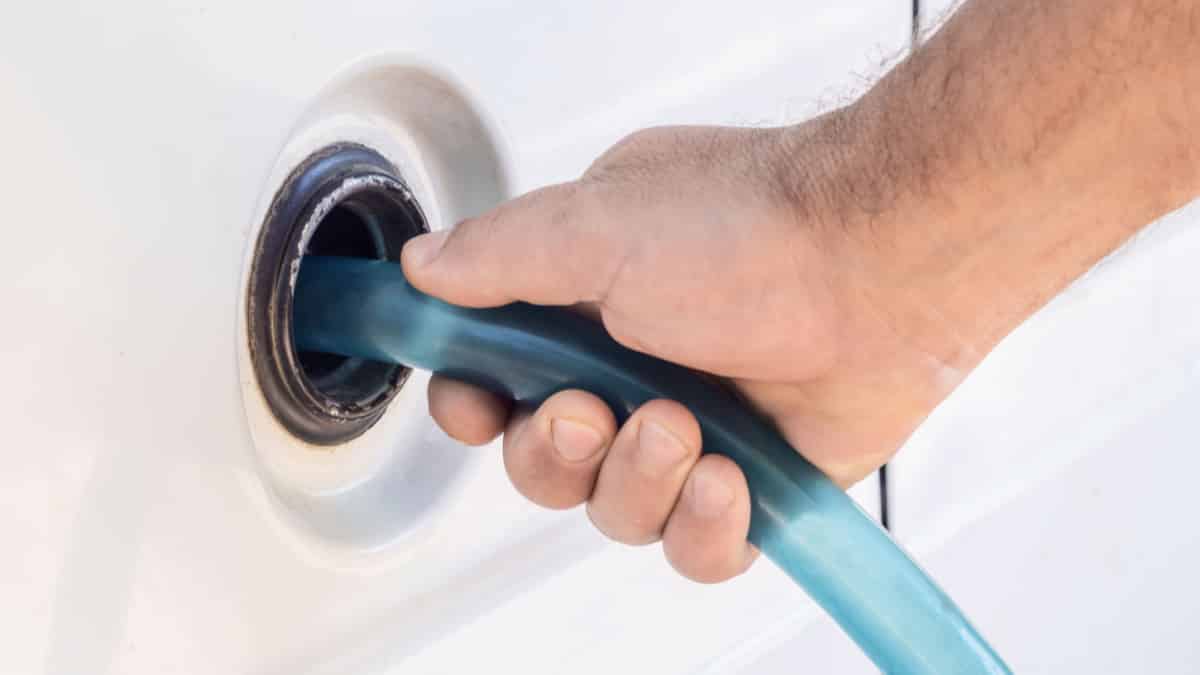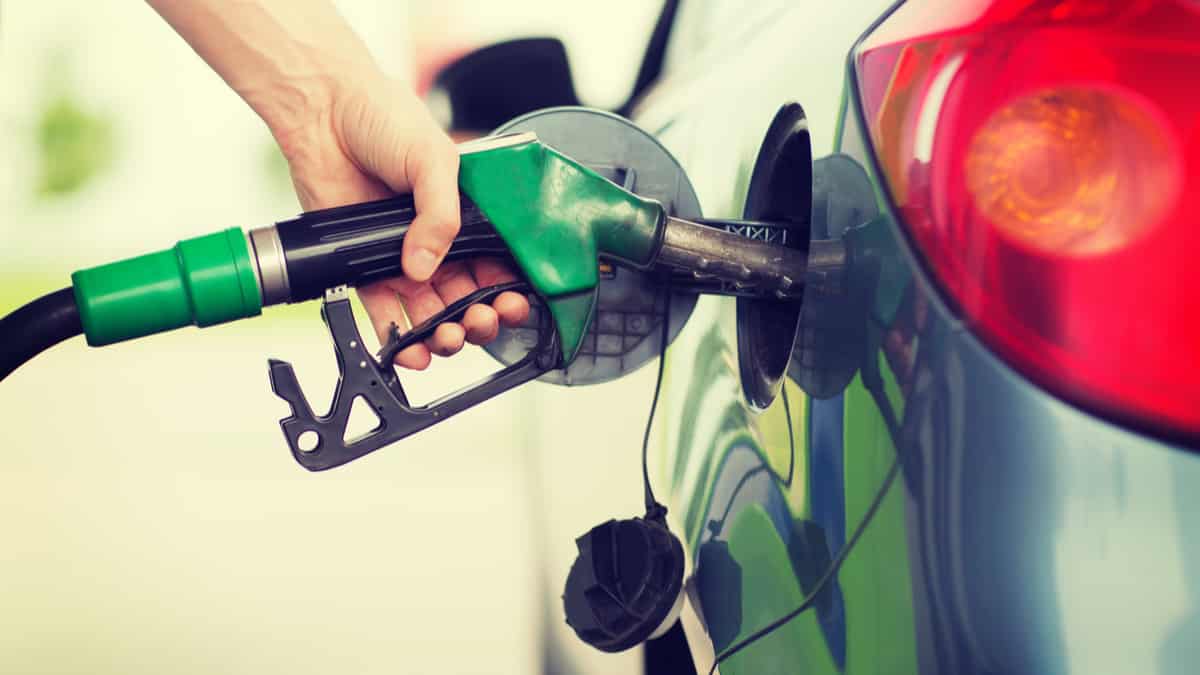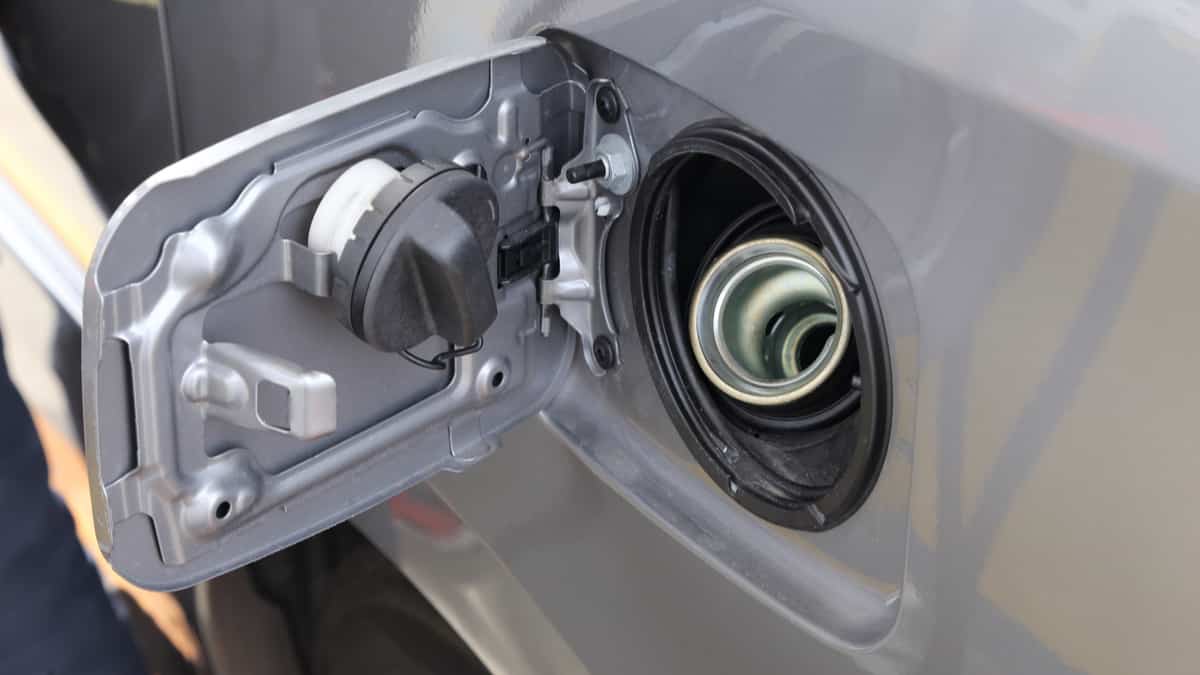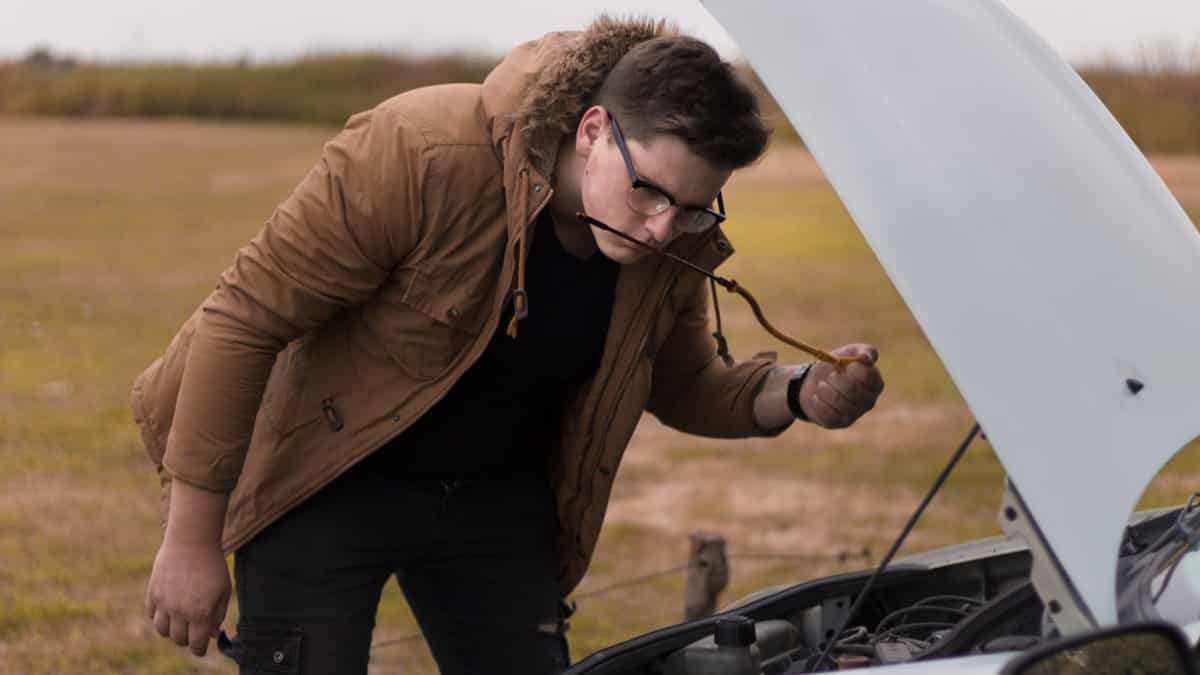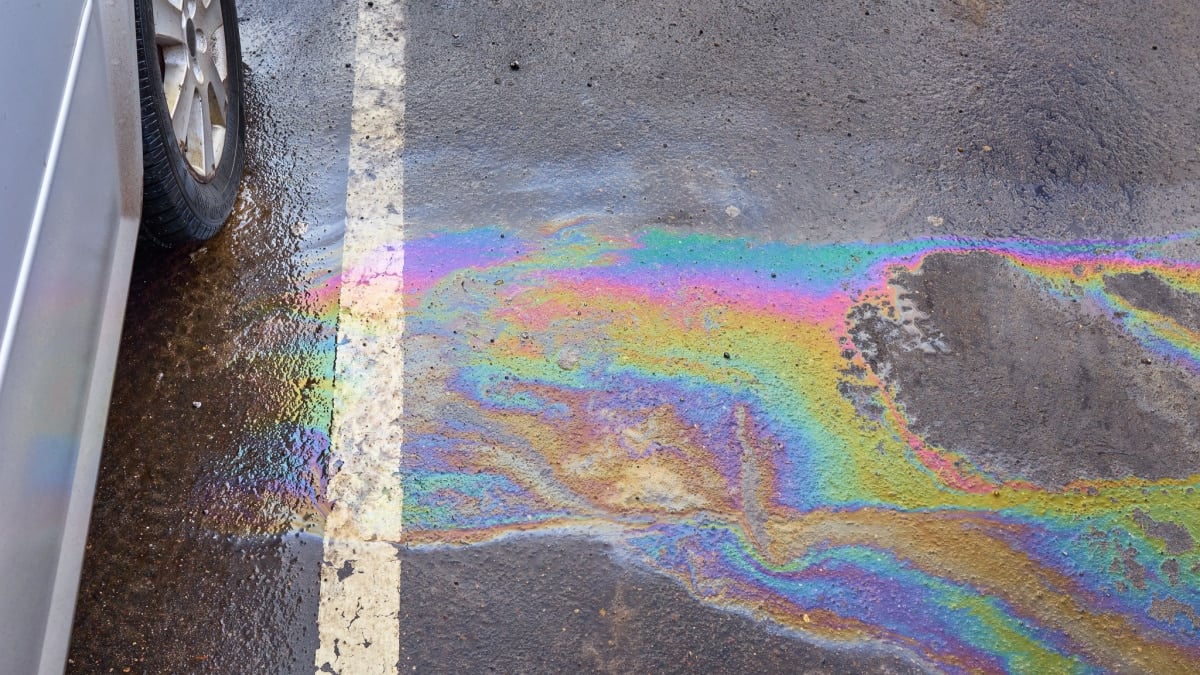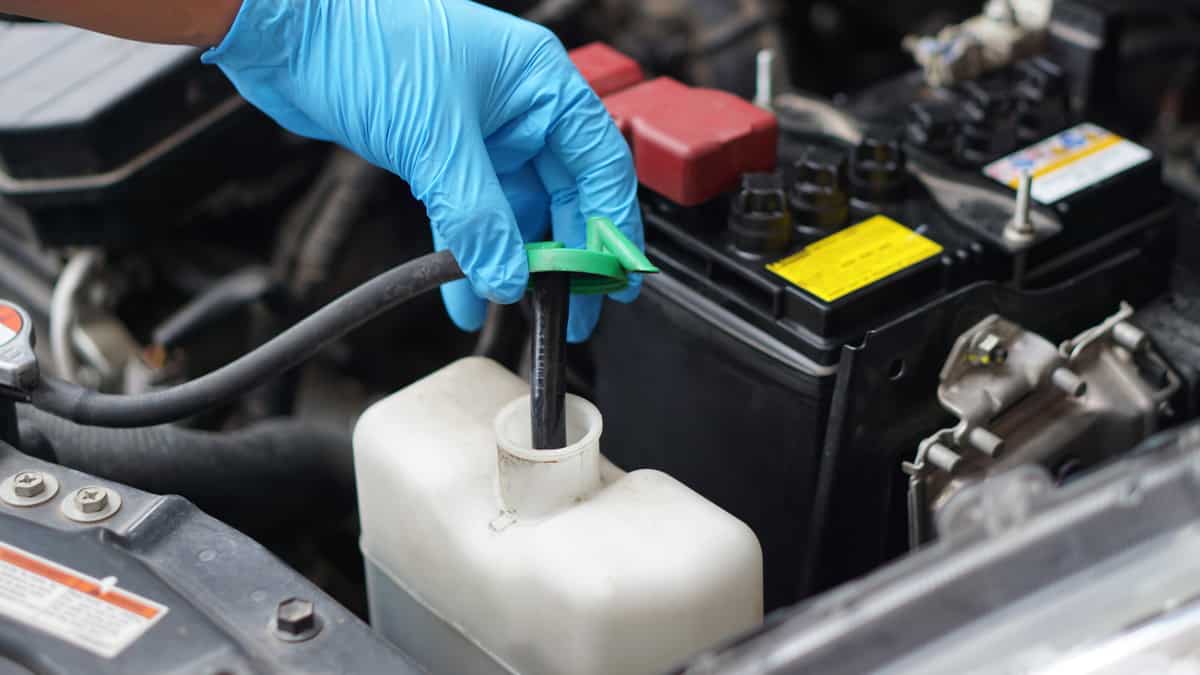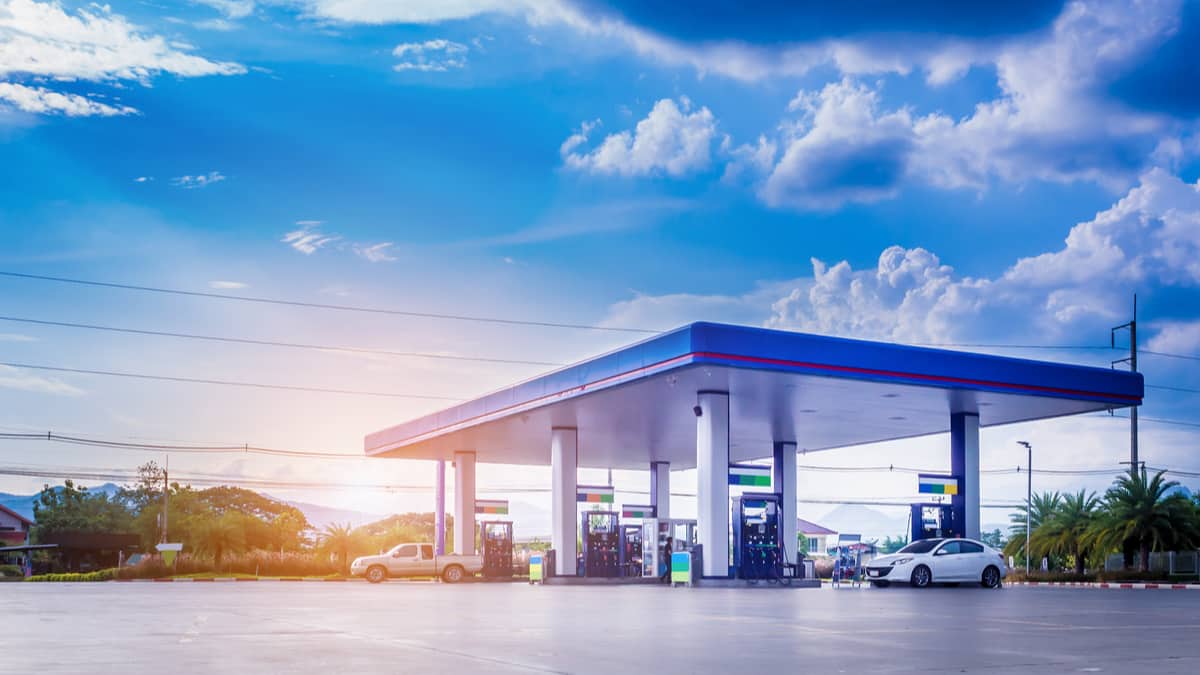You may have heard that putting sugar in a car’s gas tank is a surefire way of destroying the engine. While we can’t think of one good reason why someone would want to put sugar into a car, it’s important that we dispel myths that have been created. So, will sugar in a gas tank ruin an engine?
In this guide, we answer the question once and for all. We also explain what happens when sugar gets into the gas tank and tell you a little history about this myth. By the end, you’ll also know what to do if sugar gets in the tank and we answer your most-asked questions.
Will Sugar in Gas Tank Ruin An Engine?
No, sugar doesn’t dissolve in gasoline the same way it does in water. When sugar is added to a fuel tank, it’s going to sink to the bottom of the tank and turns into a sediment. Even if some of the sugar did end up higher in the tank, it would get caught in the filters or the pump.
Sugar crystals are around 400 microns each. The car’s fuel filter is designed to catch particles much smaller in nature, so the crystals aren’t going to get through the filter.
With that said, it’s never wise to put anything other than gasoline in the fuel tank. Additionally, nothing other than motor oil should ever be put into the engine.
What Happens If You Put Sugar In A Gas Tank?
There are ramifications to putting sugar in a fuel tank even if it doesn’t harm the engine. You still need to think about what happens to the fuel filter, fuel pump strainer, fuel injectors and the bottom of the tank.
Let’s look at what might happen, even if some of these are unlikely to occur.
1. Clogged Fuel Filter
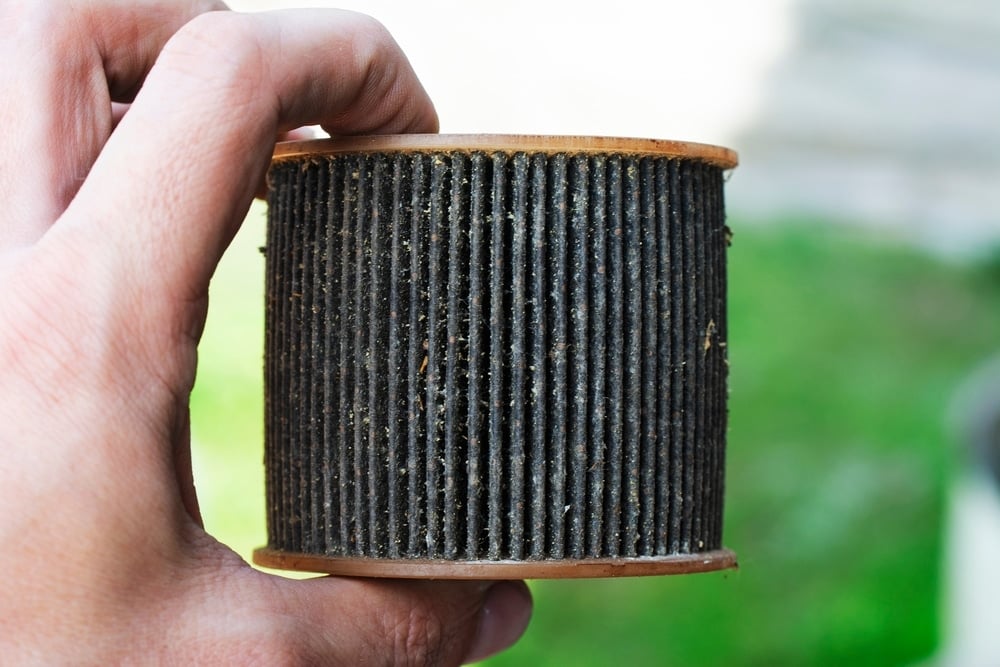
The fuel filter is responsible for keeping contaminants from getting out of the fuel tank into the engine. It filters out impurities and debris from the gasoline that are much smaller than sugar crystals.
When sugar gets into the tank, any crystals that make it beyond the bottom would get caught in the fuel filter. Over time, this filter could become clogged and you may need to change it.
2. Clogged Fuel Pump Strainer
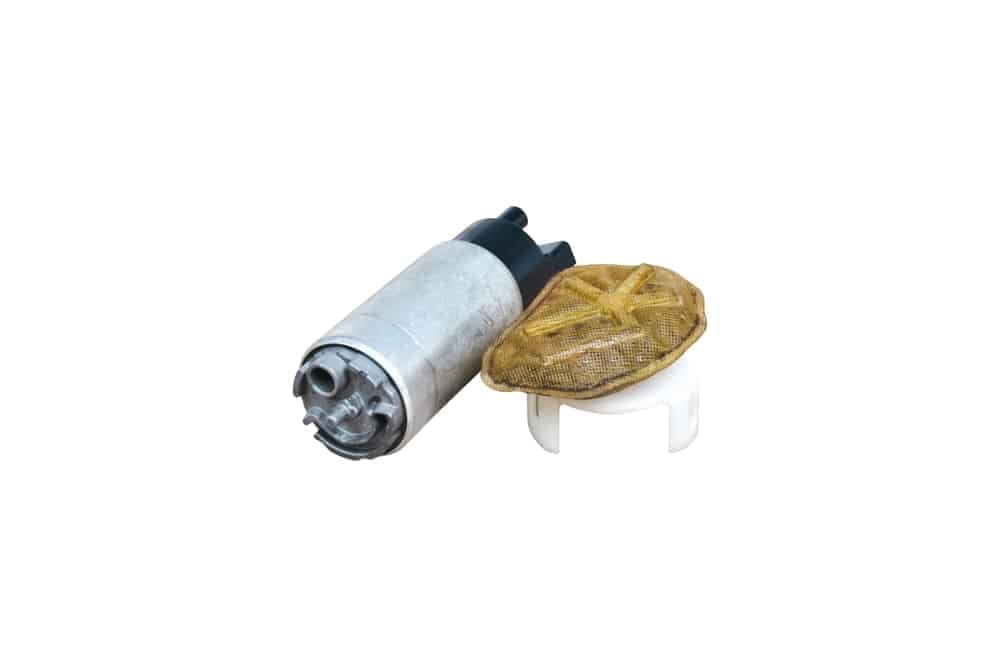
The fuel pump strainer doesn’t move and it’s rarely talked about. It’s a fine mesh filter that covers the pick-up tube used by the fuel pump. This tube is responsible for collecting fuel out of the tank and sending it into the pump. Because of this strainer, only clean and debris-free fuel is going to enter the pump.
However, if sugar crystals got into the strainer, it could cause damage. If it got past the mesh and blocked the tube, the car might stop running because the pump would fail to work.
3. Fuel Injectors
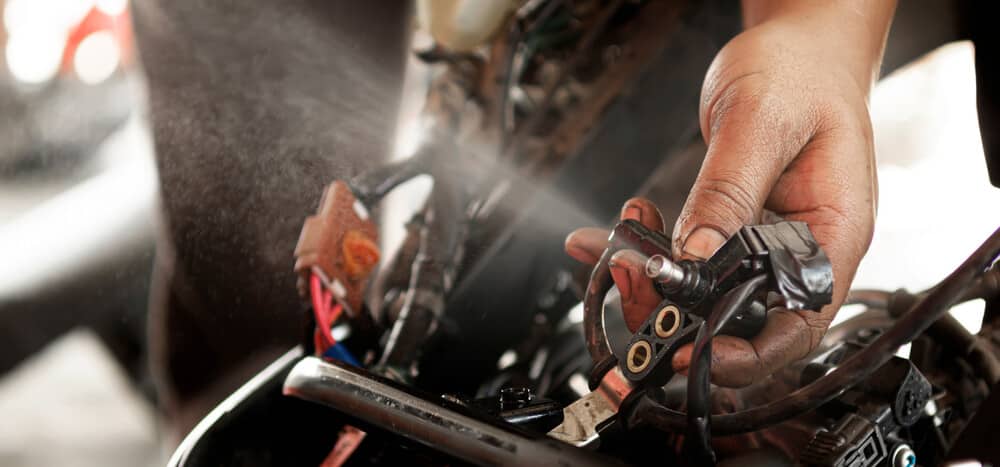
With all of the safeguards set up, it’s unlikely that the sugar will make it to the fuel injectors, but there’s always the chance that some could get by. If it did, the fuel injectors would clog because the sugar crystals are too large to pass through.
When an injector is clogged, the engine performance suffers. You may notice delayed acceleration, a rough idle or decreased fuel economy. In severe cases, the engine may not run until you unclog the injector.
4. Sugar On The Gas Tank’s Bottom
Multiple studies over the years have proved that most of the sugar is going to sit at the bottom of the fuel tank. Because sugar doesn’t dissolve in gasoline, it’s going to sink to the bottom.
The fuel is unable to incorporate the sugar into its composition, leaving undissolved sugar sludge sitting at the bottom of the tank. While this is good news for the engine, no one wants sludge in the fuel tank.
Where Did The Myth Of Sugar In Gas Tank Originate?
This myth became most popular back in the 1950s, except back then, it was a little more damaging. Fuel pumps used to be mechanical and they were bolted to the motor. Even with a big pile of sugar in the tank, the results would be the same, no matter what myths online tell you.
While sugar wouldn’t get into the engine because of the fuel filter, neither would any gasoline once a clog occurred. Therefore, the engine couldn’t run. Even though it didn’t create damage to the car, the owner wouldn’t be able to go anywhere, so it still accomplished some of its purposes.
Today, fuel pumps are electronic. While there are safeguards to prevent fuel pump damage, there’s always the chance that something could happen.
Whether sugar was put in the tank in the 1950s or today, the solution remains the same. To remove all of the sugar, the tank must be cleaned.
What To Do if Somebody Puts Sugar in Your Gas Tank?
First and foremost, if someone has dumped sugar in your fuel tank, you better check who your friends are. While this may seem like a fun prank, it can end up costing a lot of money and creating a few headaches.
If the sugar has been in the tank for any amount of time, you will want to replace the fuel filters. They could end up clogged with the sugar debris, leading to a lack of pressure going through the system. You’ll also want to check on the fuel pump to make sure it’s in good working order.
Beyond these problems, remember that sugar crystal molecules are heavy. They are going to sink to the bottom of the gas tank. To get rid of all of the sugar in the system, you need to empty out the tank. It must be properly cleaned out to ensure no crystals are left behind.
If you don’t know how to perform these tasks, it’s best to ask a professional for help. Ask your friends and family members what mechanic they trust and look at some online reviews to find someone locally. You don’t want to create more of a problem than what you started with if you aren’t comfortable working on the vehicle.
Is Putting Sugar in a Gas Tank Illegal?
It’s illegal to put sugar in the gas tank. It’s considered car vandalism. Depending on where you live and what the circumstances are, it could also be considered a felony crime. When determining whether to classify it as a misdemeanor or a felony, the cost of repairs may come into play.
If you get caught putting sugar in a gas tank, you must be prepared to get a lawyer. You’ll probably be required to pay the restitution and complete a round of probation or community service. If you’ve been in trouble before, the judge may not go so lightly on your sentencing. There is no reason good enough to want to deal with these consequences just to hurt someone else’s car. You will only end up hurting yourself more.
On the other hand, if you have had sugar put in your tank, you may be able to file charges against the person who did it. Maybe you were able to catch the perpetrator on camera. If you have proof, speak with your local law enforcement agents. The only way to prevent this from happening to other people is to stand up and fight back.
Can you fix a car with sugar in the gas tank?
Yes, but you would need to clean out the fuel tank. Sugar crystals sink to the bottom of the fuel tank, creating a sediment-like gunk on the bottom. It’s unlikely that any of this sugar would get into the fuel system, but it could clog up the pump, filters and injectors if it did.
Can you add Coke to your gas tank?
Despite a popular ad circulating the internet, it is not safe to put Coke in the gas tank. It doesn’t matter if you are talking about Coca-Cola with sugar or the diet version, both should remain far away from the car unless it is being drunk. Coke can ruin the car when put in the fuel tank.
What happens when you put sugar in engine oil?
If the viscosity of the oil is changed in any way, it can lead to serious damage. The engine requires a certain viscosity of motor oil to ensure proper lubrication and to reduce wear on the internal components. Any change in this viscosity can lead to potential engine failure, even from a little sugar.
What happens if you put salt in a gas tank?
Salt could dissolve in the gasoline, changing its composition of it. If the contaminated fuel were to reach the engine, it could lead to unnecessary corrosion of the internal parts, depending on how concentrated the salt levels were. However, it has to get past the fuel filters first.
There are so many things to worry about these days with modern technology in cars. What you might not give thought to is what you would do if your car was vandalized. A simple way people try to vandalize cars is to put sugar in the gas tank, but we’ve proven that may not be as big of a deal as it was once believed to be.
Keep your vehicle parked in a safe location, preferably in a garage, to prevent vandalism. It also helps if you have a security system installed to catch perpetrators on tape. In the worst-case scenario, if your vehicle is vandalized with sugar, it shouldn’t cause any major damage, which is a relief.
RELATED: What Happens if You Put Gas in a Diesel Engine?
Categories: General
